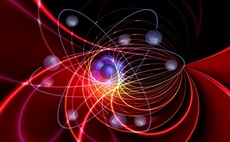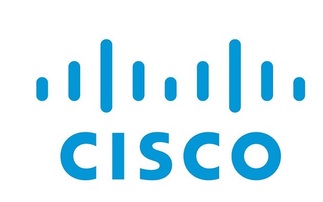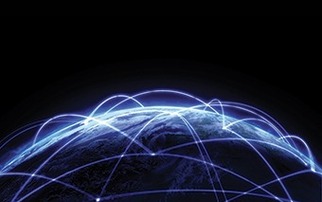Los Alamos National Labs develops hub-and-spoke quantum communications architecture
Los Alamos National Labs, the famous US government laboratory founded in 1943 to develop the atomic bomb, has been operating a "quantum internet" for two-and-a-half years, the organisation has reve...
To continue reading this article...
Join Computing
- Unlimited access to real-time news, analysis and opinion from the technology industry
- Receive important and breaking news in our daily newsletter
- Be the first to hear about our events and awards programmes
- Join live member only interviews with IT leaders at the ‘IT Lounge’; your chance to ask your burning tech questions and have them answered
- Access to the Computing Delta hub providing market intelligence and research
- Receive our members-only newsletter with exclusive opinion pieces from senior IT Leaders

















